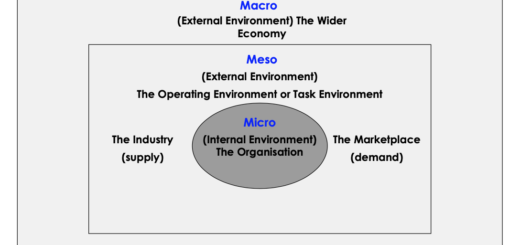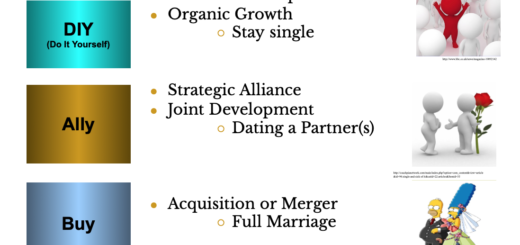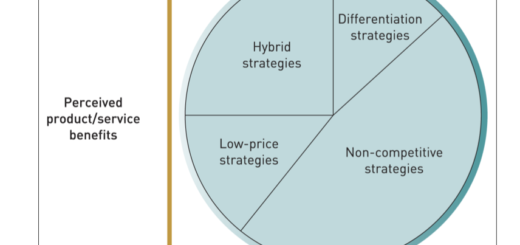Difference between leadership for stability and change
Distinguishing between leadership for stability and leadership for change (Burns, 1978)
James MacGregor Burns, in his seminal book “Leadership” (1978), distinguished between two types of leadership: transactional leadership and transformational leadership. These types of leadership can also be seen as leadership for stability and leadership for change, respectively.
- Leadership for Stability (Transactional Leadership): Transactional leadership focuses on maintaining stability within an organization. Transactional leaders work within the existing organizational structure, processes, and culture. They are primarily concerned with achieving set goals and objectives, and they use rewards and punishments to motivate their followers. This type of leadership is effective when the organization is operating in a stable environment and does not require significant changes or adaptability.
Key features of transactional leadership include:
- Goal-oriented, with a focus on achieving specific objectives
- Use of rewards and punishments to motivate followers
- Emphasis on maintaining the status quo and adhering to established procedures and systems
- Limited personal connection with followers
- Leadership for Change (Transformational Leadership): Transformational leadership, on the other hand, focuses on inspiring change and innovation within an organization. Transformational leaders seek to challenge the status quo, create a vision for the future, and motivate their followers to embrace and achieve this vision. This type of leadership is particularly effective in environments that require adaptability, flexibility, and continuous improvement.
Key features of transformational leadership include:
- Visionary and inspirational, with the ability to articulate a compelling vision of the future
- Empowering and supportive, encouraging followers to take ownership of their work and develop their potential
- Fostering a culture of innovation, creativity, and continuous improvement
- Strong personal connection with followers, based on trust, respect, and mutual understanding
In summary, leadership for stability (transactional leadership) is focused on maintaining the existing organizational structure and achieving set goals, while leadership for change (transformational leadership) is aimed at inspiring innovation, adaptability, and growth. Effective leaders can adapt their approach based on the specific needs of their organization, combining elements of both transactional and transformational leadership as required.




